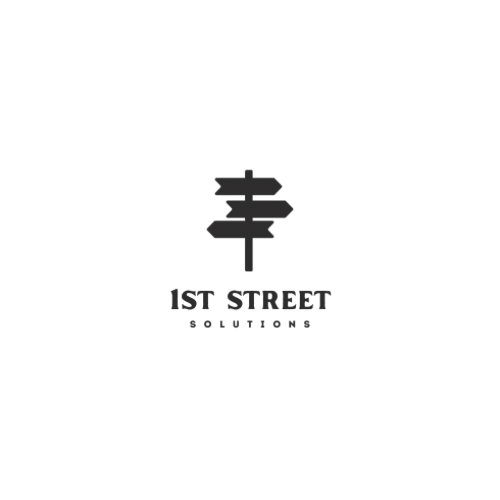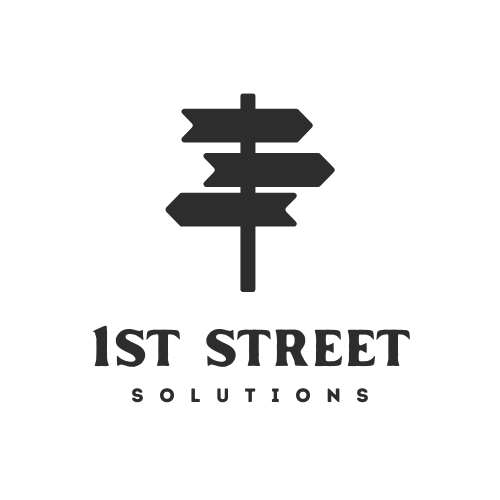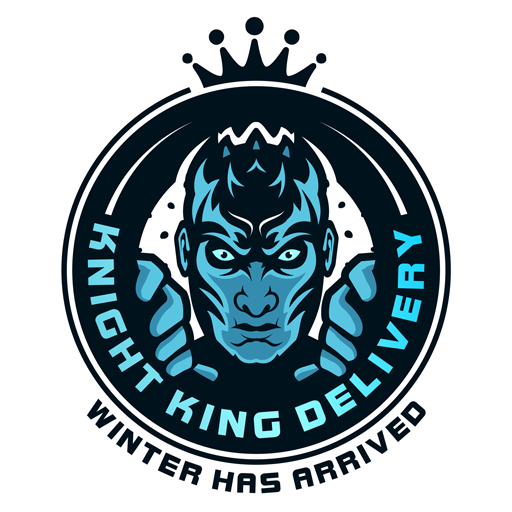Packaging plays a crucial role in product presentation, protection, and branding. Among the many types of packaging solutions available, snap lock boxes have gained popularity due to their secure design and ease of assembly. Specifically, snap lock bottom boxes provide enhanced durability and strength, making them ideal for various industries, including cosmetics, food, pharmaceuticals, and retail.
Choosing the right materials for a tuck top snap lock bottom box is essential to ensure that your packaging is both functional and aesthetically appealing. The material you choose impacts the box’s strength, print quality, cost, and overall effectiveness. In this article, we will explore the different material options available for custom snap lock bottom boxes and how to select the best one for your specific needs.
Understanding the Structure of Snap Lock Bottom Boxes
A lock bottom box with tuck top consists of a top tuck flap and a bottom closure mechanism. The bottom is designed with interlocking flaps that secure the contents without the need for glue or additional adhesives. This structural integrity makes snap lock bottom boxes a preferred choice for packaging heavier items that require extra support.
To ensure optimal performance, the material chosen for these boxes must be sturdy, easy to customize, and cost-effective. Below are the key factors to consider when selecting the appropriate material.
Factors to Consider When Choosing Materials
1. Strength and Durability
The primary function of a snap lock bottom box is to protect the product inside. Therefore, the material should be strong enough to withstand handling, shipping, and stacking. The best materials for durability include:
- Corrugated Cardboard – Offers excellent strength and cushioning, making it ideal for heavy products.
- Kraft Paperboard – Provides a sturdy yet eco-friendly solution that resists wear and tear.
- Rigid Paperboard – A premium option that adds a luxurious feel while maintaining durability.
2. Customization and Printability
For businesses looking to enhance brand identity, choosing a material that supports high-quality printing is essential. Custom snap lock bottom boxes should be able to accommodate:
- Offset Printing – Ideal for high-resolution graphics and vibrant colors.
- Flexographic Printing – Suitable for bulk production with cost-effective ink usage.
- Digital Printing – Best for short runs and detailed designs.
Materials like coated paperboard and Kraft paperboard offer excellent print compatibility, ensuring that logos, text, and graphics appear sharp and attractive.
3. Eco-Friendliness and Sustainability
With increasing environmental concerns, many businesses are opting for sustainable packaging solutions. When selecting materials for snap lock bottom boxes, consider:
- Recyclable Kraft Paper – A biodegradable and eco-friendly option.
- Recycled Cardboard – Uses post-consumer waste materials to reduce environmental impact.
- Soy-Based Inks and Water-Based Coatings – Enhance sustainability without compromising print quality.
Choosing sustainable materials can also improve brand perception, as customers appreciate businesses that prioritize environmental responsibility.
4. Cost-Effectiveness
Budget constraints often influence material selection. The cost of materials varies depending on quality, availability, and customization needs. Some cost-effective options include:
- Folding Carton Board – A budget-friendly choice with decent durability.
- Standard Cardboard – Provides affordability while maintaining moderate strength.
- Recycled Kraft Paper – An economical option that aligns with sustainability goals.
Comparing material costs with your packaging budget will help you strike the right balance between quality and affordability.
Best Material Options for Tuck End Snap Lock Bottom Boxes
1. Corrugated Cardboard
Corrugated cardboard is widely used for snap lock boxes due to its superior strength and shock-absorbing properties. It consists of a fluted layer sandwiched between two liner boards, providing excellent protection for fragile and heavy products.
Benefits:
- High durability and rigidity
- Ideal for shipping and storage
- Customizable with various printing techniques
2. Kraft Paperboard
Kraft paperboard is an eco-friendly material known for its natural brown appearance and strength. It is perfect for custom snap lock bottom boxes where sustainability is a priority.
Benefits:
- Biodegradable and recyclable
- Strong yet lightweight
- Compatible with both digital and offset printing
3. Folding Carton Board
Folding carton board is a versatile option that offers a smooth surface for high-quality printing. It is commonly used in lock bottom box with tuck top designs for products such as cosmetics, pharmaceuticals, and electronics.
Benefits:
- Cost-effective and widely available
- Smooth surface for detailed printing
- Suitable for lightweight to medium-weight products
4. Rigid Paperboard
For premium packaging needs, rigid paperboard is the ideal choice. This material is often used in luxury packaging for items such as perfumes, jewelry, and high-end electronics.
Benefits:
- Luxurious appearance and feel
- Extremely durable and sturdy
- Enhances brand perception with premium packaging
Final Thoughts
Selecting the right material for tuck top snap lock bottom boxes is essential for ensuring product protection, branding, and cost-effectiveness. Whether you need a strong and durable option like corrugated cardboard, a sustainable choice like Kraft paperboard, or a premium solution like rigid paperboard, the key is to align the material choice with your product requirements and business objectives.
By considering factors such as strength, customization, eco-friendliness, and budget, businesses can make informed decisions that enhance their packaging strategy. Investing in high-quality materials for snap lock bottom boxes not only improves product safety but also elevates the customer experience, ultimately leading to increased brand loyalty and sales.



